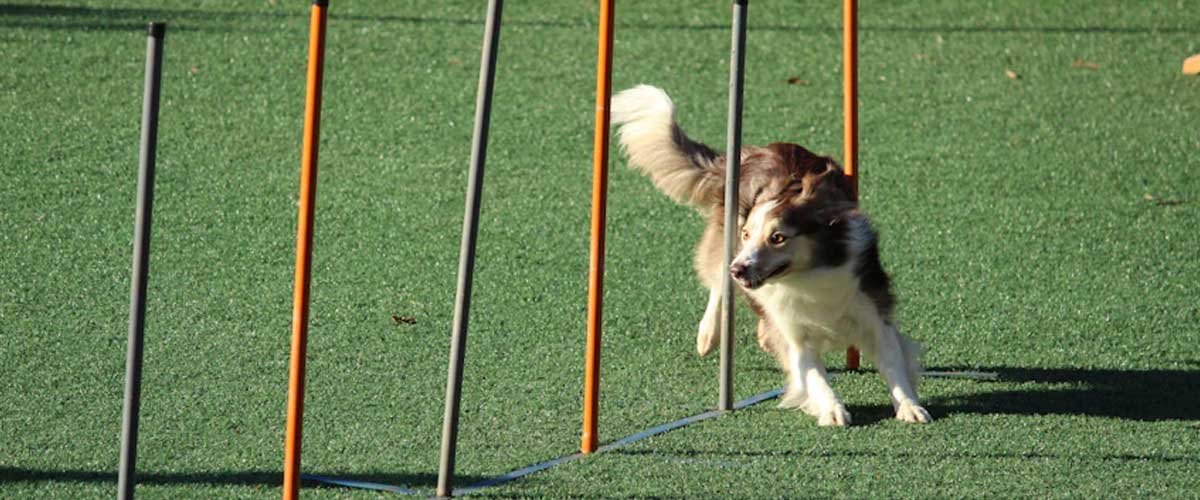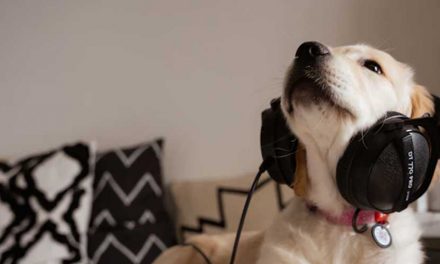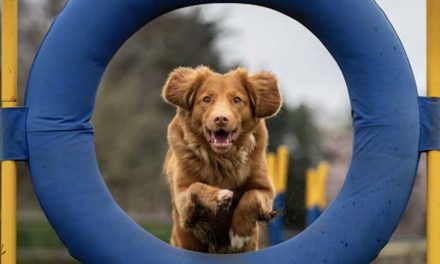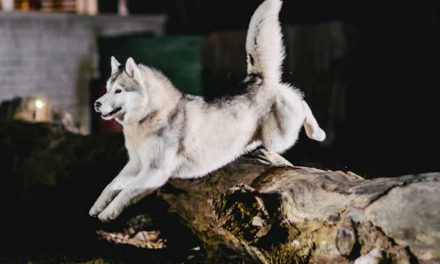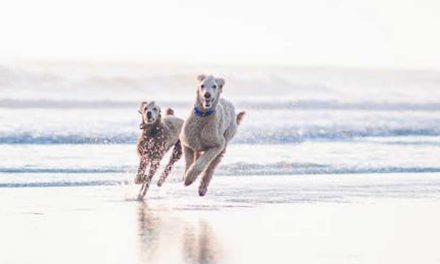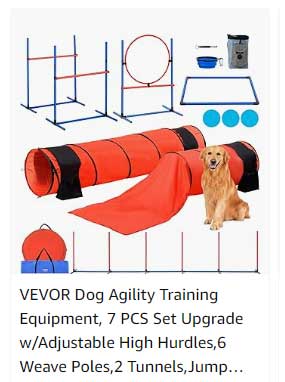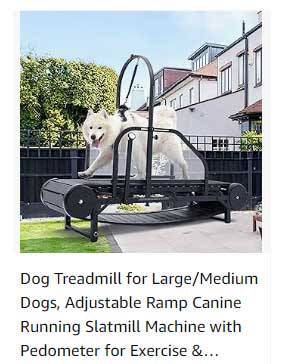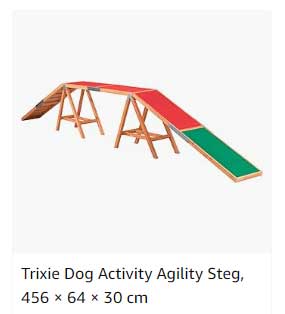In recent years, dog agility competitions have gained immense popularity among pet owners and dog enthusiasts alike.
More than just a sport, these competitions foster a unique sense of community among participants, spectators, and volunteers.
The passion for canine athleticism transcends competition, bringing together people from diverse backgrounds who share a love for dogs and the joy of training.
A Loving Bond
At the heart of dog agility is the bond between handler and dog.
This bond is crucial, as it translates into effective communication on the course.
Handling a dog through an obstacle course requires trust, precision, and teamwork.
When participants invest time in training, they not only develop their dogs’ physical skills but also deepen their relationship.
This shared journey often leads to friendships, as competitors find common ground in the challenges they face together, both in and out of the ring.
Dog Agility – Bringing People and Dogs Together
One of the most beautiful aspects of dog agility competitions is their inclusivity.
These events welcome dogs of various breeds and ages, allowing handlers to form connections with fellow dog lovers.
A pit bull competing alongside a border collie highlights the diversity of the canine community.
Handlers often share training tips, socialization strategies, and other valuable insights throughout the competition.
This camaraderie creates an environment where everyone feels supported and encouraged, regardless of their experience level.
Dog Agility Trials
Local dog clubs and organizations frequently host agility trials, which offer an opportunity for community engagement.
These events are often run by volunteers—fellow dog enthusiasts—who dedicate their time to organize and execute competitions.
From setting up equipment to ensuring a smooth flow of events, volunteers play a vital role.
This selflessness fosters a sense of belonging, as volunteers, competitors, and spectators come together for a common purpose: to celebrate the joy of dog agility.
Teamwork
In addition to enhancing relationships between handlers and their dogs, agility competitions often emphasize teamwork among humans as well.
Clubs may organize training sessions, workshops, and social gatherings to foster learning and skill-sharing.
These gatherings can range from informal meetup’s to structured classes where handlers can hone their techniques.
As participants bond over shared experiences, they create lasting friendships—making the agility scene feel less like competition and more like a family.
Observe or Participate
Moreover, the spectator experience at agility competitions is equally enriching.
Whether they are friends and family of the competitors or dog lovers simply admiring the sport, spectators play an essential role in creating a vibrant community atmosphere.
The excitement of watching dogs navigate obstacles, the camaraderie among cheers and support, and the collective gasps during nail-biting moments forge a unique connection between the onlookers and the competitors.
Enthusiasts often find themselves drawn into conversations about training methods, breed traits, or their dogs’ quirks, further expanding the community.
Likeminded Dog Culture
Social media also plays a significant role in building and nurturing this community.
With the rise of platforms like Instagram and Facebook, participants frequently share their training journeys, competition updates, and bonding moments with their furry companions.
These virtual interactions allow for wider participation and connection, breaking geographical barriers.
Hashtags related to agility competitions or local clubs often unify content, making it easy for community members to engage with one another, no matter where they are.
Animal Welfare
Furthermore, as agility competitions grow in popularity, they often include initiatives that promote animal welfare and community outreach.
Many competitions partner with local shelters, offering adoption events or fundraising for canine rescue organizations.
This focus on social responsibility intertwines the joy of the sport with a commitment to improving animals’ lives, further solidifying the community’s shared values.
In conclusion
Dog agility competitions are more than just thrilling displays of canine talent; they are vital platforms for creating and nurturing a sense of community.
Through shared experiences, mutual support, and a common love for dogs, participants, spectators, and volunteers come together to form a vibrant, inclusive atmosphere.
From the bonds forged in training sessions to the friendships blossomed at competitions, the dog agility scene exemplifies how a mutual passion can truly bring people together, creating a supportive community that celebrates both canine and human talents.
So, whether you’re a competitor or an enthusiast looking to get involved, know that joining this community might just enhance your life—and your dog’s—beyond measure.

